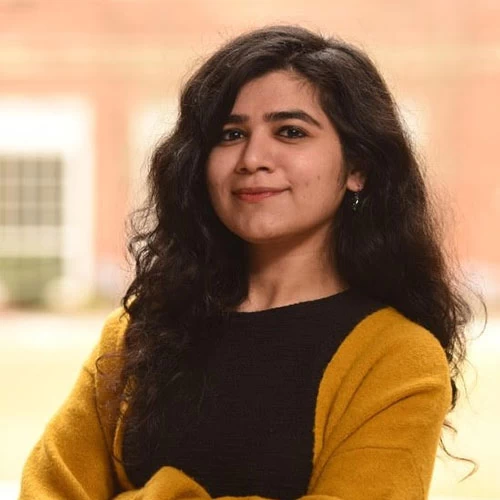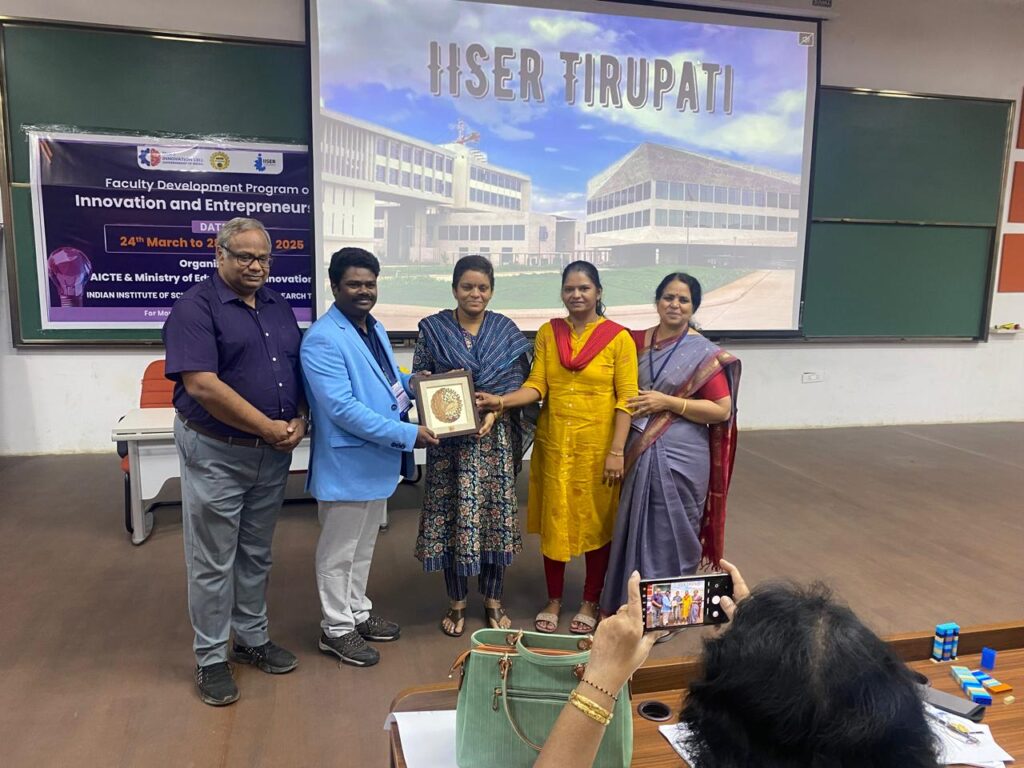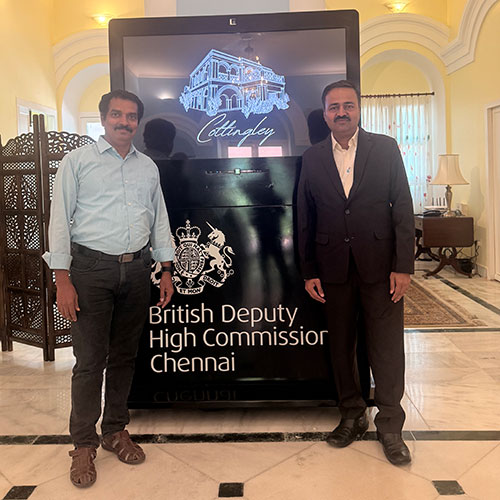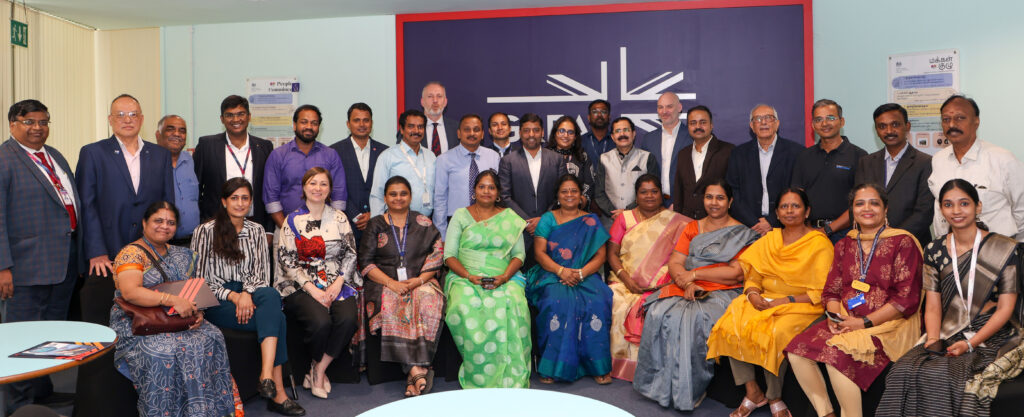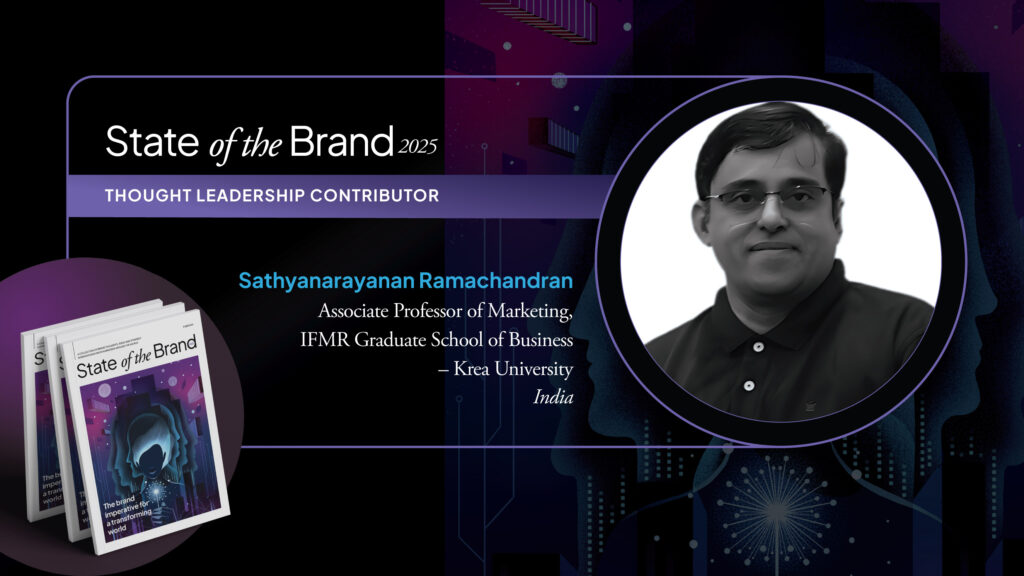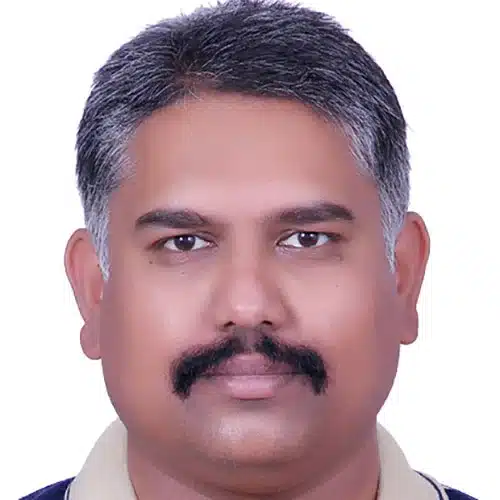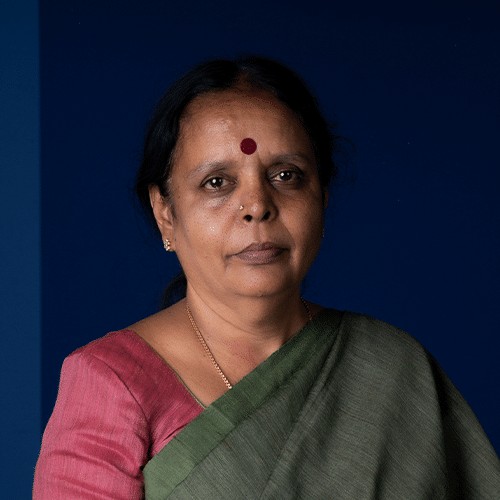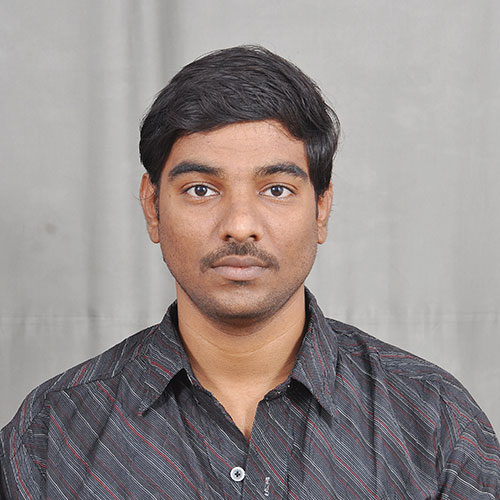Bolt 2025 commenced with a spectacular opening ceremony on 28 February 2025, ushering in two weeks of exhilarating competition, camaraderie, and sporting excellence. This year’s edition was larger than ever, featuring participation from students from SIAS and IFMR GSB, along with the introduction of new sports, strategic club collaborations, and an innovative approach to scaling the event. The house system—Athena, Ares, Poseidon, and Persephone—fuelled the competitive spirit, with students proudly representing their teams.
In a significant milestone, Bolt 2025 secured monetary sponsorships for the first time, paving the way for its transformation into an intercollegiate event in the future. The opening ceremony featured inspiring speeches from the core team, acknowledgments for club contributions, and a commitment to elevating Bolt to new heights.
The competition was intense, with each house showcasing its strengths—Athena’s formidable football team, Poseidon’s dominance in tennis, Ares’ all-around resilience, and Persephone’s powerhouse basketball squad. Beyond the matches, Bolt 2025 fostered a strong sense of community, bringing together students from diverse disciplines to cheer, support, and revel in the spirit of sportsmanship. Various clubs played a crucial role in enhancing the experience—Layam’s energetic opening ceremony, Rachana’s innovative merchandise, the Gaming Club’s revival of Esports, and Her Campus’ creative additions, among many others.
The event culminated in a grand closing ceremony on 15 March 2025, where the winning teams were honoured in a celebratory prize distribution. The ceremony not only recognised the champions and unforgettable moments but also celebrated the collective spirit that made Bolt 2025 truly remarkable. With an ambitious vision to expand beyond Krea, this year’s edition was more than just a tournament—it was a movement, laying the groundwork for an even bigger and brighter future.
Report by Shivani Pramod, MBA Cohort of 2024-26
